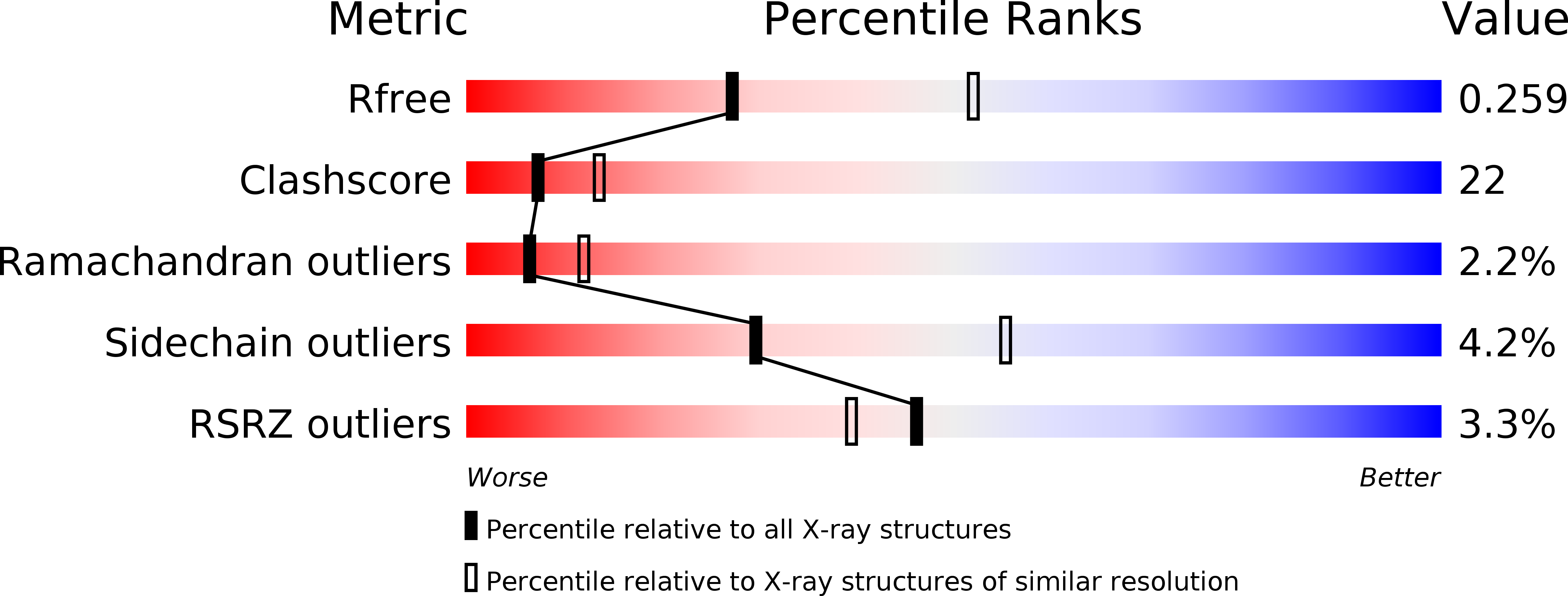
Deposition Date
1999-09-24
Release Date
2000-02-06
Last Version Date
2023-12-13
Method Details:
Experimental Method:
Resolution:
2.60 Å
R-Value Free:
0.25
R-Value Work:
0.21
R-Value Observed:
0.21
Space Group:
P 31 2 1


